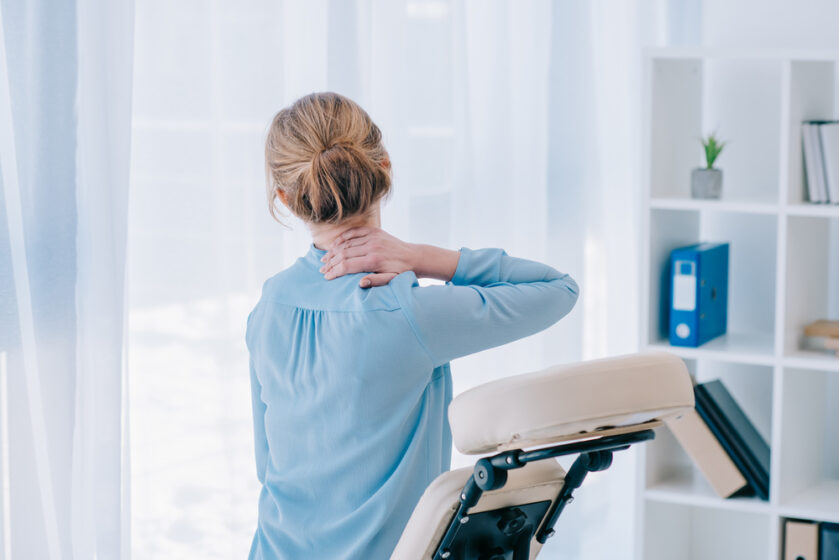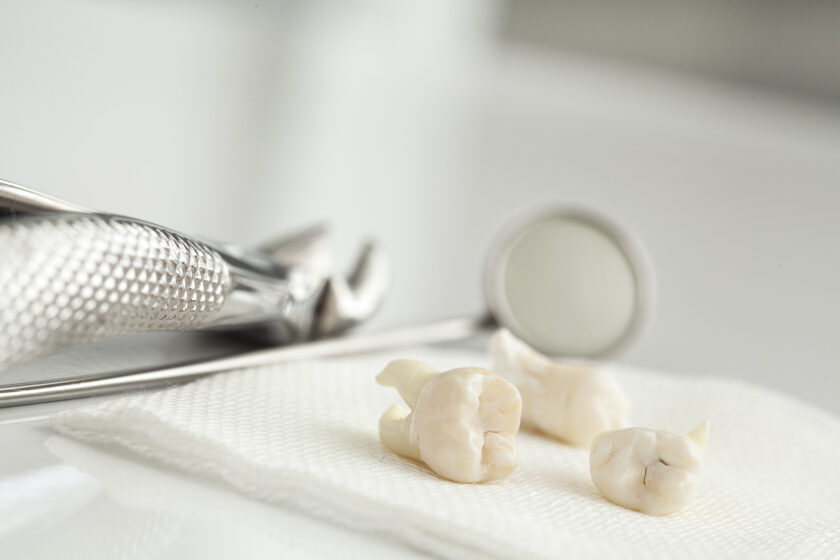Around 67 per cent of individuals have indications linked to neck irritation, shoulder discomfort, or scapular suffering. The number of cases has surged in the last years, assumably due to the high usage of tablets and mobile phones. We’re bending over our desks, crouched over a computer, or travelling long distances regularly. All of this might influence the neck and upper back.
In many circumstances, the neck is prohibited from moving willingly, resulting in a pinched nerve or the neck muscles becoming ‘hypertonic,’ meaning extremely tight, limiting action and resulting in pain. This pain can, after that, develop symptoms in other parts of the body, such as sickness and vomiting.
How can an Osteopath assist you?
Osteopaths can use various gentle treatments for neck pain and spasms and strengthen flexibility in the neck and upper backpacks. Gently rubbing the soft tissues in the joints to lessen stress or gently manipulating the neck to get joints moving is a star treatment.
Other parts of the back and shoulders, as well as the neck, may require therapy.
Here are few tips for back and neck pain from an Osteopath :
The agony of back pain is akin to the worst of dental pain. So, here are few tips to improve your back and neck pain
- Continue to be active
It is critical to stay moving to avoid muscle stiffness. Neck pain can be relieved by doing 30 minutes of exercise five times a week that involves neck movements. This could include activities such as walking, yoga, or Pilates. Neck strengthening exercises are beneficial for reducing neck pain, and your osteopath can advise you on which ones are best for you.
- Technology Repositioning
It’s not ideal for your neck to be constantly gazing down at your tablet or phone. The more time you pay doing this, the more stress you put on your neck. It is therefore suggested that your mobile phones and computer monitor are positioned at eye level to minimise neck pain.
- Neck Pain Exercising
Small stretching exercises throughout the day might help alleviate neck stiffness. The “chin tuck” is a crucial exercise that facilitates you to retain good posture by keeping your head aligned over your spine. It spans your scalene and suboccipital muscles as well. It’s also significant to remember to stay hydrated, as dehydrated tissue has a propensity to stiffen.
Maintain a good posture.
It’s vital to know to sit and stand appropriately for decent posture. If you work in an office, try to prevent hunching over and revise your seat and screen heights. Maintain your feet shoulder-width distant when standing, your shoulders back, and your arms hanging willingly.
Lastly,
Osteopathy is a therapy that utilises delicate manipulation of your muscles. To find the source of your neck pain, a qualified osteopath will do a physical analysis. They will then use the proper pain-relieving methods, such as massage, soft tissue spanning, and modest release procedures. Following that, you will be given instructions on how to prevent your neck pain from recurring.

